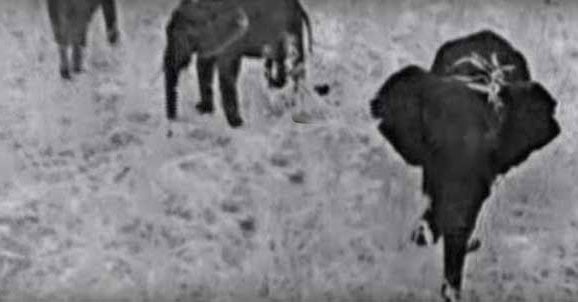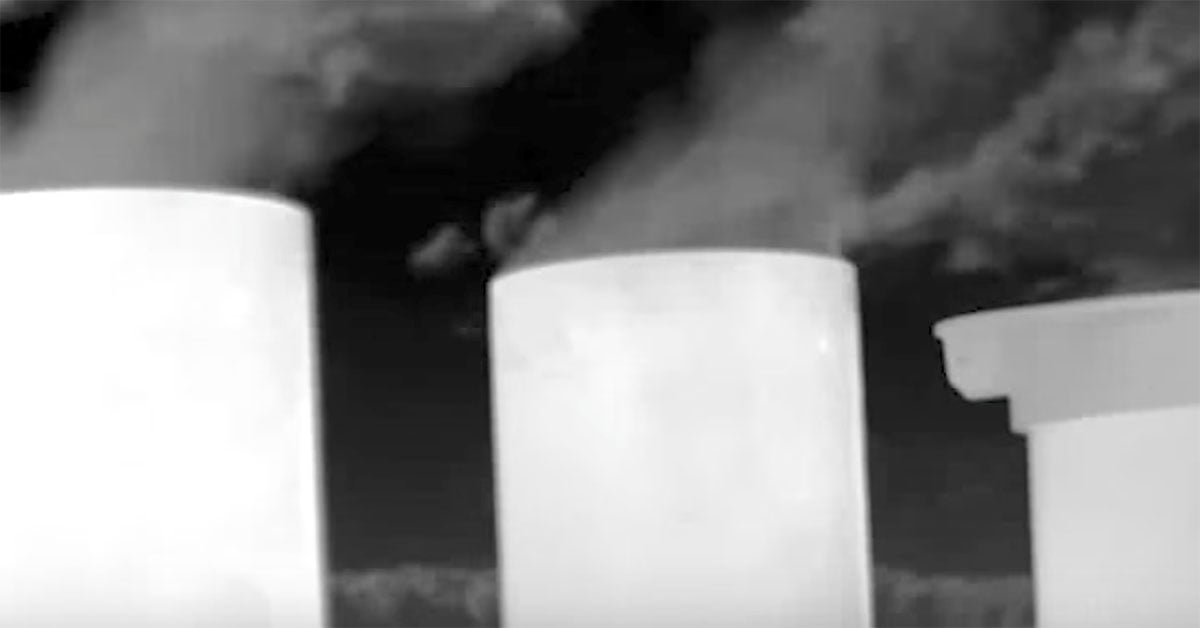African Parks Team Trialed FLIR Thermal-Equipped Drones to Monitor Elephants

As night falls in Liwonde National Park, wild elephants enjoy roaming the African plains of Malawi searching for food. Surrounding villages use the land along the park boundary to grow corn and mangos, an elephant delicacy. As the crops ripen, the thousand-pound mammals are drawn to the fruitful meal and increase the risk of endangering themselves and the lives of the villagers.
One of the world’s most intelligent mammals, the elephants use their ivory tusks to break through the electric fence surrounding the park boundary. By hooking their tusks into the fence, they use their strength to pull the fence until it breaks. This allows them to leave the park and enter the farmlands where they can do extensive damage and threaten villagers’ lives.
Thermal cameras, which were donated by FLIR to World Wildlife Fund and to African Parks, the latter who manage Liwonde National Park, were tested over the course of several months to see if they could be used to help with preventing poaching. Combined with drones however, these cameras were effective in helping Liwonde Park staff respond to conflict situations when elephants broke through the fence, who were then able to be herded back into the park.

Using drones equipped with FLIR Vue Pro thermal imaging cameras, Malawi park rangers were able to monitor the elephants at night to determine if they’re approaching the park boundary and therefore could help locate ‘problem elephants’. Not only is the technology useful for supervising the elephants’ behavior, but staff were able to fly the drones close to the animals as a tool to redirect their path. As UAVs emit a bee’s buzzing sound, which elephants are known to fear, park staff were able to use the UAV’s to direct them back into the park and to safety, reducing potential damage to villagers and their crops.
To learn more about the FLIR Vue Pro and our ongoing collaboration with WWF, please visit flir.com/WWF .


